The U.S. Navy SEAL
Guide to
Desert Survival Secrets
Learn the survival techniques and
strategies of americas
elite warriors
Don Mann
and Ralph Pezzullo
Skyhorse Publishing

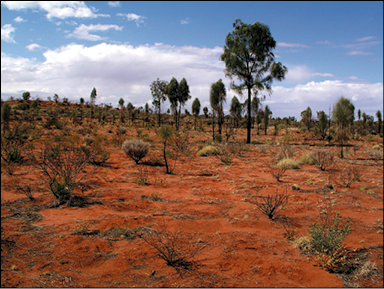
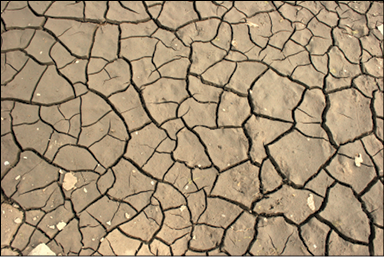
 Desert outback
Desert outback
 Dry desert sand
Dry desert sand
Deserts are one of the most hostile human environments on the planet. The extreme heat and aridness make desert survival extremely challenging. Add other factors, both physical and psychological, and conditions can be unbearable.
A desert is an area that receives almost no precipitation (rain, snow, moisture), with an annual precipitation of no greater than twenty-five centimeters per year. Surprisingly, the worlds largest deserts are Antarctica and the Arctic in that order, followed in turn by the best known hot desert, the Sahara.
The worlds ten largest deserts, in size order:
- Antarctic
- Arctic
- Sahara
- Arabian
- Gobi
- Kalahari
- Patagonian
- Great Victoria Desert
- Syrian Desert
Natural Hazards
Most deserts are featureless (or have repeating patterns of sand dunes), making terrain navigation difficult, and have virtually no vegetation. The majority of desert animals are nocturnal and remain hidden underground during the day to conserve water and regulate body temperature. These include coyotes, kangaroo rats, and jackrabbits.
A wide variety of insects and reptiles can also be found, but many of these are poisonous to eat or have poisonous bites or stings. These include scorpions, which have a tendency to lurk in footwear. So its important to make sure that footwear is hung upside down or checked in the morning before putting it on.
Heat exhaustion is the most common problem caused by loss of salt and fluid. The signs include weakness, headaches, pale clammy skin, and mental confusion. Heat stroke has the same causes but can be fatal if not treated quickly. Symptoms normally include hot dry skin (unlike heat exhaustion), headache, vomiting, a fast pulse rate, and a confused mental state, which usually precedes unconsciousness and death. Heat cramps are a result of loss of salt and are muscle cramps that start in the limbs and can spread throughout the body, eventually preventing any physical activity.
Sandstorms can last days and make navigation and travel extremely difficult. They also can clog vehicle filters and get into equipment, doing damage to everything from vehicles to communications equipment. Keep a scarf or a piece of cloth over your mouth and nose, and wear goggles or at least sunglasses during a sandstorm.
The best advice for most people lost in the desert is to get into the shade immediately and wait to be rescued. Obviously this rule does not apply during desert warfare training or during desert operations.
Heat
Desert heat can reach over 100 degrees Fahrenheit and can incapacitate and kill you in a matter of hours. In the night, the temperatures can drop to near freezing. Do everything you can to keep cool and stay out of the sun.
Look for an outcrop of rock, the shady side of a gully or streambed, or any shade you can find. Keep in mind that youre searching for an emergency shelter for a few hours, perhaps, not a long-term one. Youll have time to construct a better shelter after the sun goes down. The critical thing is to get out of the sun and into the shade as soon as possible.
Keep your whole body covered if you can. Keep your sleeves rolled down and never remove your boots, socks, or any piece of clothing while in the direct sunlight. Additionally, cover the back of your neck to protect it from the sun. If youre wearing a T-shirt, remove it and use it as a scarf. Push one end of the shirt up under your cap, and allow the other end to hang over the neck. The most important part of your body to keep cool is your head. Always wear a hat and, if for some reason you do not have one, make a headdress out of light-colored material. Regardless of the technique you use, remember to keep your neck covered at all times. It reduces water loss through sweating and it also prevents sunburn.
Most desert survival experts agree that in the 120 degree-plus heat of a desert, if you rest and do nothing, you may live for a couple of days. If you go moving into the desert, youll most likely cover less than five miles. If you wait until after the sun sets, you may be able to cover up to twenty-five miles or so. So, if the sun is out, stop and rest. Go no farther and seek shade immediately!
Once youre in the shade, continue to try to establish communications with your support assets. They should know where you are, how long you intend to be there, and the exact time and date you planned to return. Be sure to communicate any changes to your plans. Theres nothing more frustrating to rescue teams than to be searching for someone who is not where hes supposed to be.
While in the shade, inventory the equipment and the survival kit you have on hand.
Heat Acclimation
It takes approximately two weeks to fully acclimate to hot environments. Your body will eventually adjust to the following physiological changes:
- Sweat rate increases
- Sweat is more diluted
- Heart rate decreases
- Body temperature increases
Your bodys core temperature rises during exercise and hard work in a hot environment. This causes your heart rate to increase, your skin temperature to increase, and your sweat to become more profuse. And this all causes your heart to have to work harder. Your body pumps blood to the surface of your skin to cool; it is pumped to the heart and muscles. As your body heats up, it has to work harder to cool your blood and keep your muscles working.
Your body also loses fluid when you sweat, and you can easily become dehydrated. If you lose more than two percent of your body weight through dehydration, you will start losing your ability to perform physically.
It is VERY common to underestimate how much fluid you lose when you sweat. Drink fluids early and often. Dont wait until you are thirsty to take a drink.
Desert Survival Tips:
- Drink more water and fluids per hour than you think you need (one liter per hour or more as needed during hard work or exercise).
- Consume potassium-rich foods such as bananas, parsley, dried apricots, dried milk, chocolate, various nuts (especially almonds and pistachios), potatoes, bamboo shoots, avocados, soybeans, and bran. Potassium is also present in sufficient quantities in most fruits, vegetables, meat, and fish.
- Add salt to your diet to help your body store water more efficiently.
- Cover your skin with light-colored, lightweight, loose long sleeves and pants when appropriate.
- Wear a hat to keep the sun off your head and face.
- Splash cool water on your head or wet your hat during workouts to cool your core temperature.
- Wear sunglasses to protect your eyes.
- Avoid the hottest part of the day (104 PM) if possible.
Desert Recommended Gear
Your mission, mode of travel, and expected length of operation will determine the equipment you will carry.
When traveling by vehiclebe it a Humvee, ATV, truck, or Jeepyou have the space, so pack gear such as shovels, picks, and heavy rope.


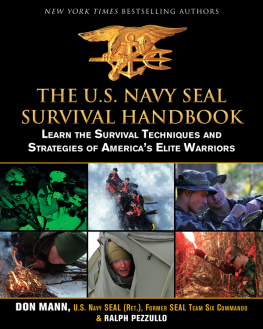






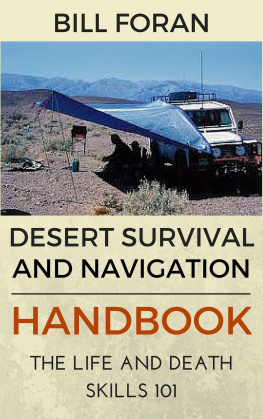
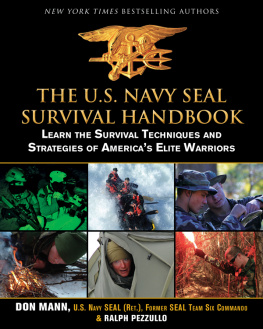
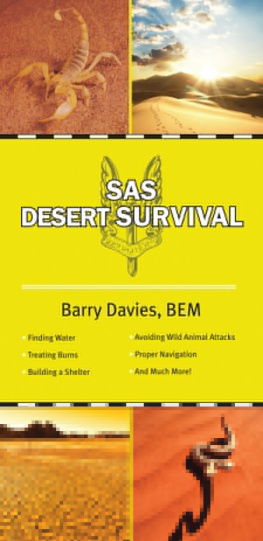
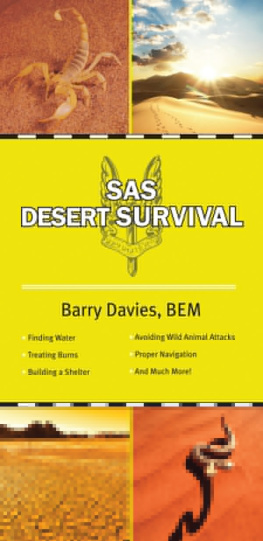



 Desert outback
Desert outback Dry desert sand
Dry desert sand